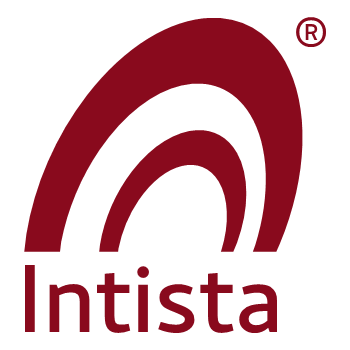This blog is part of a series of five entries that discuss how understanding acquisition integration improves deal-making.
M&A success comes from being able to deliver M&A integrations. It is insufficient to design a future vision: success requires delivery. If you’re planning an acquisition, wouldn’t it be useful if you could foresee potential issues, and accommodate them in your business plan?
Delivering integrations requires navigating complexities in cross-workstream interdependencies, business cultures and more, including accommodating the unexpected discoveries as you learn about each other’s business.
The Human Factor
Businesses can be designed in spreadsheets and on whiteboards. However, when it is time to integrate businesses together, you need to consider how employees will create detailed plans and carry out those plans, while sustaining their current work-tasks and their lives outside the workplace.
Understanding the demands upon the employees, who will deliver your single business, requires understanding of how they will have to balance integration tasks, their day-jobs, and their personal lives.
Overlapping integrations
If you’re a serial acquirer, it is likely that you will acquire a business while there is an integration still underway. Your business plan should consider that integration deliverables could be delayed, as teams are still working on the current integration.
Careful consideration of human resources availability is not just a number on a report. Saying “we can go through another acquisition because the current integration is 75% complete” ignores the depth and breadth of the leftover tasks and their interdependencies.
- With the current integration you need to understand which tasks are incomplete, and how much collaboration/effort/time/disruption it will take to complete them.
- With the upcoming acquisition, you will need to consider which integration workstreams will be on the critical path, and if they are the same teams currently stretched for resources.
For example, a prospective acquisition is a business that has eCommerce spread across 3 platforms. The plan is to consolidate them under a single platform. At the same time, a prior integration is wrapping up, with most of the tasks completed. However, the teams that would consolidate the eCommerce platforms are still working on the earlier integration. It would be impossible to deliver the desired consolidation within the schedule that the Deal Team put in their forecast.
Understanding how integrations work will improve your ability to estimate when it can be delivered, which will allow you to forecast revenues in your business model. An accurate business model will improve your ability to create a realistic deal.
